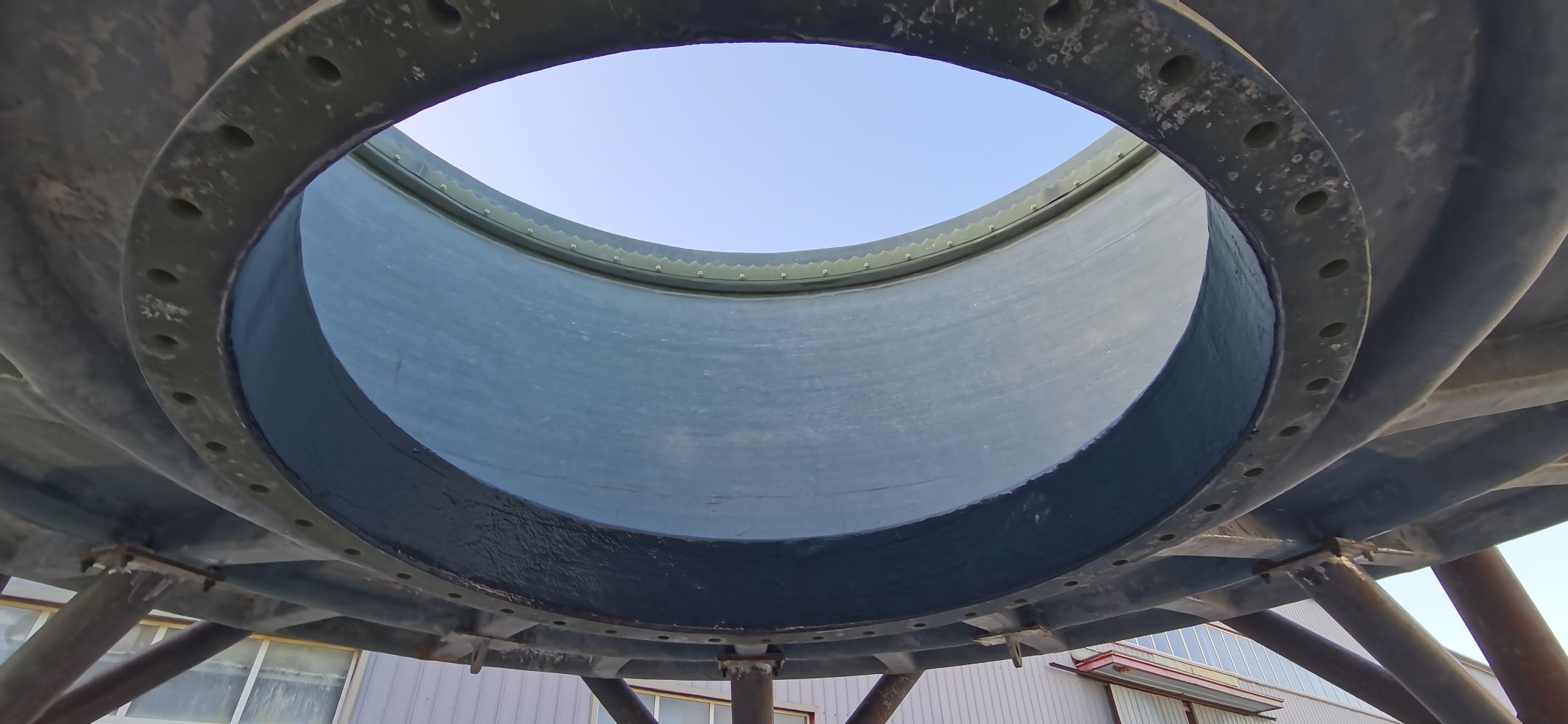
-
 Afrikaans
Afrikaans -
 Albanian
Albanian -
 Amharic
Amharic -
 Arabic
Arabic -
 Armenian
Armenian -
 Azerbaijani
Azerbaijani -
 Basque
Basque -
 Belarusian
Belarusian -
 Bengali
Bengali -
 Bosnian
Bosnian -
 Bulgarian
Bulgarian -
 Catalan
Catalan -
 Cebuano
Cebuano -
 China
China -
 China (Taiwan)
China (Taiwan) -
 Corsican
Corsican -
 Croatian
Croatian -
 Czech
Czech -
 Danish
Danish -
 Dutch
Dutch -
 English
English -
 Esperanto
Esperanto -
 Estonian
Estonian -
 Finnish
Finnish -
 French
French -
 Frisian
Frisian -
 Galician
Galician -
 Georgian
Georgian -
 German
German -
 Greek
Greek -
 Gujarati
Gujarati -
 Haitian Creole
Haitian Creole -
 hausa
hausa -
 hawaiian
hawaiian -
 Hebrew
Hebrew -
 Hindi
Hindi -
 Miao
Miao -
 Hungarian
Hungarian -
 Icelandic
Icelandic -
 igbo
igbo -
 Indonesian
Indonesian -
 irish
irish -
 Italian
Italian -
 Japanese
Japanese -
 Javanese
Javanese -
 Kannada
Kannada -
 kazakh
kazakh -
 Khmer
Khmer -
 Rwandese
Rwandese -
 Korean
Korean -
 Kurdish
Kurdish -
 Kyrgyz
Kyrgyz -
 Lao
Lao -
 Latin
Latin -
 Latvian
Latvian -
 Lithuanian
Lithuanian -
 Luxembourgish
Luxembourgish -
 Macedonian
Macedonian -
 Malgashi
Malgashi -
 Malay
Malay -
 Malayalam
Malayalam -
 Maltese
Maltese -
 Maori
Maori -
 Marathi
Marathi -
 Mongolian
Mongolian -
 Myanmar
Myanmar -
 Nepali
Nepali -
 Norwegian
Norwegian -
 Norwegian
Norwegian -
 Occitan
Occitan -
 Pashto
Pashto -
 Persian
Persian -
 Polish
Polish -
 Portuguese
Portuguese -
 Punjabi
Punjabi -
 Romanian
Romanian -
 Russian
Russian -
 Samoan
Samoan -
 Scottish Gaelic
Scottish Gaelic -
 Serbian
Serbian -
 Sesotho
Sesotho -
 Shona
Shona -
 Sindhi
Sindhi -
 Sinhala
Sinhala -
 Slovak
Slovak -
 Slovenian
Slovenian -
 Somali
Somali -
 Spanish
Spanish -
 Sundanese
Sundanese -
 Swahili
Swahili -
 Swedish
Swedish -
 Tagalog
Tagalog -
 Tajik
Tajik -
 Tamil
Tamil -
 Tatar
Tatar -
 Telugu
Telugu -
 Thai
Thai -
 Turkish
Turkish -
 Turkmen
Turkmen -
 Ukrainian
Ukrainian -
 Urdu
Urdu -
 Uighur
Uighur -
 Uzbek
Uzbek -
 Vietnamese
Vietnamese -
 Welsh
Welsh -
 Bantu
Bantu -
 Yiddish
Yiddish -
 Yoruba
Yoruba -
 Zulu
Zulu
frp fuel tank
Understanding FRP Fuel Tanks Characteristics and Applications
FRP (Fiberglass Reinforced Plastic) fuel tanks have emerged as a revolutionary solution in the storage and transportation of fuels and other hazardous liquids. The combination of fiberglass and resin creates a composite material that is lightweight yet remarkably strong and durable. This article will explore the characteristics, advantages, and applications of FRP fuel tanks.
Characteristics of FRP Fuel Tanks
FRP fuel tanks are characterized by their chemical resistance, flexibility in design, and longevity. The fiberglass construction allows these tanks to withstand a variety of environmental conditions, making them ideal for both indoor and outdoor applications. Unlike traditional steel tanks, FRP tanks do not corrode over time, ensuring a longer lifespan and reduced maintenance costs.
Another notable characteristic is their lightweight nature. This makes them easier to handle and install compared to heavier materials like steel or concrete. Moreover, FRP tanks can be manufactured in various shapes and sizes to accommodate different needs. Whether for residential, commercial, or industrial use, the versatility of FRP tanks makes them a preferred choice for many applications.
Advantages of Using FRP Fuel Tanks
The advantages of using FRP fuel tanks are manifold. Firstly, their corrosion-resistant properties eliminate the risk of leaks, which is particularly crucial when storing volatile fuels. This not only enhances safety but also protects the environment from potential contamination.
Secondly, the lightweight nature of FRP tanks reduces transportation costs and simplifies the installation process. Unlike traditional tanks that may require heavy machinery for installation, FRP tanks can often be installed with minimal equipment, saving time and resources.
frp fuel tank

Additionally, FRP fuel tanks offer excellent thermal insulation. This means that they help maintain the temperature of the stored fuel, which can be critical in various industrial and commercial applications. Maintaining the integrity of the fuel can enhance performance and efficiency, ultimately leading to cost savings.
Applications of FRP Fuel Tanks
FRP fuel tanks find use in various sectors, including
1. Transportation Many transport companies utilize FRP tanks for fuel storage in their vehicles due to their lightweight and safety features.
2. Marine These tanks are commonly used in boats and ships where corrosion resistance is paramount due to the harsh marine environment.
3. Agriculture Farmers often use FRP tanks for storing fuel and other chemicals, benefiting from their resistance to chemical degradation.
4. Industrial Many manufacturing facilities rely on FRP tanks to store hazardous materials, minimizing the risk of leaks and environmental hazards.
In conclusion, FRP fuel tanks offer a multitude of advantages over traditional storage solutions. Their resilience, lightweight design, and adaptability make them an ideal choice for a wide range of applications. As industries continue to seek efficient and safe alternatives for fuel storage, the popularity of FRP fuel tanks is likely to grow, paving the way for more innovative storage solutions in the future.









